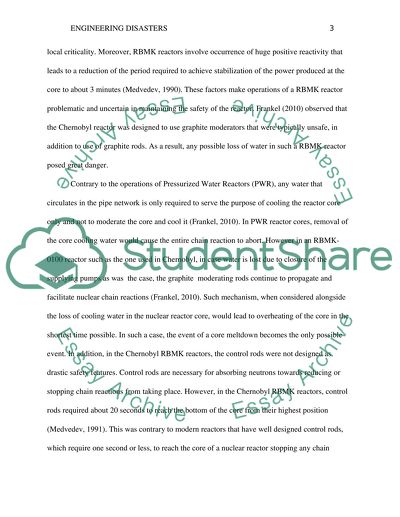Cite this document
(“Investigate the root causes of major Engineering disasters that have Essay”, n.d.)
Retrieved from https://studentshare.org/engineering-and-construction/1489877-investigate-the-root-causes-of-major-engineering
Retrieved from https://studentshare.org/engineering-and-construction/1489877-investigate-the-root-causes-of-major-engineering
(Investigate the Root Causes of Major Engineering Disasters That Have Essay)
https://studentshare.org/engineering-and-construction/1489877-investigate-the-root-causes-of-major-engineering.
https://studentshare.org/engineering-and-construction/1489877-investigate-the-root-causes-of-major-engineering.
“Investigate the Root Causes of Major Engineering Disasters That Have Essay”, n.d. https://studentshare.org/engineering-and-construction/1489877-investigate-the-root-causes-of-major-engineering.


